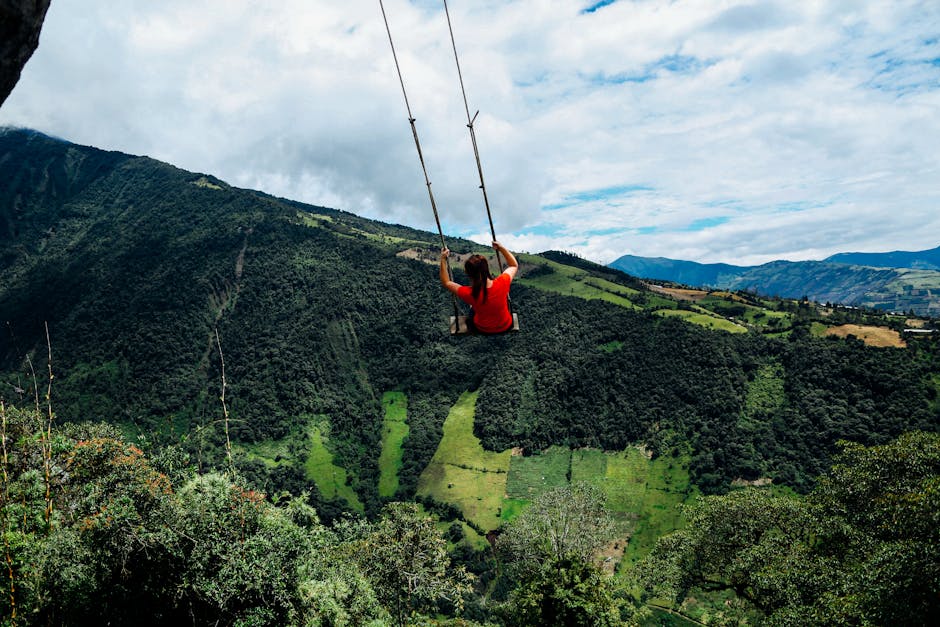Dia Del Niño in Ecuador 2025: A Comprehensive Outlook on Child Development and Welfare
Understanding Dia Del Niño in Ecuador
Dia del Niño, or Children’s Day, celebrated annually on various dates across Latin America, holds significant importance in Ecuador. While the specific date may vary by region or institution, the overarching purpose remains consistent: to recognize, celebrate, and advocate for the rights and well-being of children. Looking ahead to 2025, understanding the current landscape of child development and welfare in Ecuador is crucial to projecting future needs and challenges related to Dia del Niño celebrations and beyond.
The Current State of Child Welfare in Ecuador
Ecuador, like many developing nations, faces ongoing challenges in ensuring the well-being of its children. Factors influencing child development include poverty, limited access to quality education and healthcare, malnutrition, child labor, and domestic violence. While significant strides have been made in recent years, substantial work remains to guarantee every child’s right to a safe, healthy, and nurturing environment. The government has implemented various programs aimed at addressing these issues, but their efficacy and reach require ongoing evaluation and improvement.
Data from UNICEF and other international organizations highlight key areas of concern. These include:
- High rates of child poverty: Poverty significantly limits access to essential resources, impacting children’s physical and cognitive development.
- Inequalities in access to education: Disparities exist between urban and rural areas, and among different socioeconomic groups. Quality of education also varies greatly across the country.
- Malnutrition and health disparities: Many children lack access to adequate nutrition, leading to health problems that impair growth and development.
- Child labor: Despite legal protections, child labor remains a significant issue, particularly in agricultural and informal sectors.
- Vulnerability to violence and abuse: Children face risks of domestic violence, sexual abuse, and exploitation.
Dia del Niño 2025: Projected Needs and Challenges
Projecting the state of child welfare in Ecuador by 2025 requires considering current trends and potential future developments. While improvements are expected, certain challenges are likely to persist, requiring proactive measures to mitigate their impact on children’s lives. This includes:
1. Addressing Persistent Poverty and Inequality:
Reducing poverty and addressing socioeconomic inequalities remains a critical challenge. Without substantial improvements in economic opportunity and social safety nets, many children will continue to experience deprivation and lack of access to basic necessities. The effectiveness of government social programs needs ongoing evaluation and adaptation.

2. Improving Access to Quality Education and Healthcare:
Ensuring that all children have access to quality education and healthcare is paramount. This requires increased investment in infrastructure, teacher training, and healthcare professionals, particularly in underserved rural areas. Strengthening community-based healthcare programs and promoting preventative health measures can also play a vital role.
3. Combating Malnutrition and Promoting Healthy Lifestyles:
Tackling malnutrition requires a multi-pronged approach that includes improving food security, promoting breastfeeding, and educating families about healthy nutrition practices. Public health campaigns can play a critical role in raising awareness and changing behavior.

4. Eradicating Child Labor and Protecting Vulnerable Children:
Eliminating child labor requires stricter enforcement of laws, collaboration with businesses and industries, and initiatives to support families in escaping poverty. Strengthening child protection systems and providing support services for vulnerable children are essential steps in safeguarding their well-being.
5. Preventing and Addressing Violence Against Children:
Addressing violence against children necessitates a comprehensive strategy that includes raising awareness, providing support services for victims and their families, and improving law enforcement responses. Community-based programs focused on preventing violence and promoting positive parenting can also be effective.
Dia del Niño Celebrations in 2025: A Vision for the Future
Dia del Niño celebrations in 2025 should reflect the progress made in child welfare, while also highlighting areas needing further attention. The celebrations should not just be about festivities and entertainment; they should serve as a platform for advocacy and raising awareness about the ongoing challenges. This can be achieved through:
- Public awareness campaigns: Highlighting the progress made and the remaining challenges, using creative and engaging media.
- Community events: Organizing activities that promote child participation and engagement, emphasizing education, health, and well-being.
- Policy advocacy: Using the occasion to advocate for stronger child protection laws and policies, and increased investment in child-focused programs.
- Partnerships and collaborations: Bringing together government agencies, NGOs, civil society organizations, and the private sector to work collaboratively towards achieving better outcomes for children.
Conclusion: A Collaborative Effort for Ecuador’s Children
Dia del Niño in Ecuador 2025 presents an opportunity to reflect on the progress made and the challenges that remain in ensuring the well-being of Ecuadorian children. The journey towards achieving a future where every child has the chance to thrive requires a sustained, collaborative effort from the government, civil society, international organizations, and the community at large. By working together, and by making child well-being a national priority, Ecuador can significantly improve the lives of its children and create a brighter future for generations to come.
The success of Dia del Niño in 2025 and beyond will not only be measured by the festivities and celebrations but by the tangible improvements in the lives of children. It’s a collective responsibility to create an Ecuador where every child has a fair chance to grow, learn, and reach their full potential.



